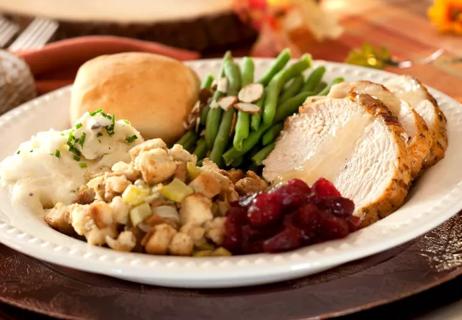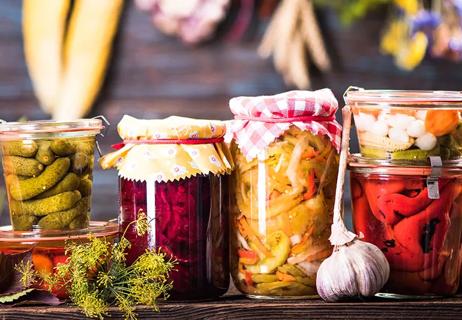No! Be sure to put your leftovers in the fridge

Cold pizza is one of life’s greatest pleasures. It won’t burn the roof of your mouth like piping hot pizza — and, in terms of a once-in-a-while breakfast treat, a tasty slice of cold pizza is hard to beat.
Advertisement
Cleveland Clinic is a non-profit academic medical center. Advertising on our site helps support our mission. We do not endorse non-Cleveland Clinic products or services. Policy
In most cases, you’ll grab a slice from the fridge when you’re hungry. But what if you have a late-night pizza at a hotel and don’t have a place to store it? Or what if your fridge is full? Can you leave pizza sitting out overnight and still munch on it the next day?
Registered dietitian Fawziah Saleh, MS, RDN, LD, says that’s not a good idea. “Perishable foods like pizza are not safe to eat if left sitting out in room temperature overnight.”
There’s more bad news, too: It doesn’t matter if your pizza was plain cheese, packed with veggies or a meat lover’s delight — Saleh says you still can’t leave it on the counter and have it for breakfast the next morning. “Because cheese is the main ingredient, pizzas should be kept in the refrigerator to reduce the risk of being contaminated with food-borne bacteria.”
Believe it or not, pizza can only be left out safely for two hours at room temperature. At higher temperatures, it’s safe to be left out for just one hour.
“Anything outside of the temperature danger zone — which is between 41 to 135 degrees Fahrenheit (5 to 57 degrees Celsius) — is what you want to avoid,” advises Saleh. “According to the USDA, after two hours, you want to either heat the pizza back up or put it in the refrigerator to cool it down. So, say you’re putting pizza in the microwave or heating it up in the oven … As long as you get it out of that 135-degree F (57-degree C) range, then you should be OK.”
Advertisement
If you’re eating vegan cheese pizza, these same rules also apply. Vegan cheese is considered a perishable food item, so you need to make sure it’s only left out at room temperature for two hours.
So, you’re probably wondering: What happens if I eat pizza left out overnight? Well, this increases your risk of getting food poisoning or contracting a food-borne illness.
Food-borne illnesses can be serious and be things like:
Signs of food poisoning include an upset stomach, nausea and vomiting, or feeling stomach pain going to the bathroom. Symptoms of food poisoning or food-borne illnesses can show up within hours after you eat contaminated food or several days later.
“That’s why a lot of people go back and think, ‘What did I eat that caused me to get sick? Oh, I know — I ate at that restaurant,'” Saleh notes.
According to the U.S. Food and Drug Administration (FDA), you can store pizza safely in the freezer for about one to two months. Pizza in the refrigerator is also cold enough to be outside of that temperature danger zone, although it doesn’t stay fresh quite as long. Saleh says you can safely store pizza in the fridge for three to four days.
As with eating pizza that’s been sitting out for too long, grabbing a slice that’s been in the fridge for a while is also dicey. “While you might not get sick if you eat pizza that’s been in the refrigerator longer than four days, you can still increase your risk for food-borne illnesses if you decide, ‘Hey, I want to eat this pizza,'” Saleh says.
In short, if you’re craving a piece of cold pizza, just make sure you’re grabbing it from the fridge or freezer — not your kitchen counter or the end table in your hotel room. Your taste buds, and stomach, will thank you later.
Advertisement
Learn more about our editorial process.
Advertisement

When nutritious foods are hard to come by, your health can suffer

Don’t let any turkey or stuffing go to waste this year!

Check reviews, check labels and double check packaging

How to choose foods that will boost your mood

It’s good for cholesterol, blood sugar, your gut and (surprise!) stronger bones

Bone broth has the added benefit of collagen, but it’s also more expensive

For most healthy people, raw fish is safe, but following safety guidelines is key

Here’s why you'll want to skip this one

Type 2 diabetes isn’t inevitable with these dietary changes

Applying a hot or cold compress can help with pain